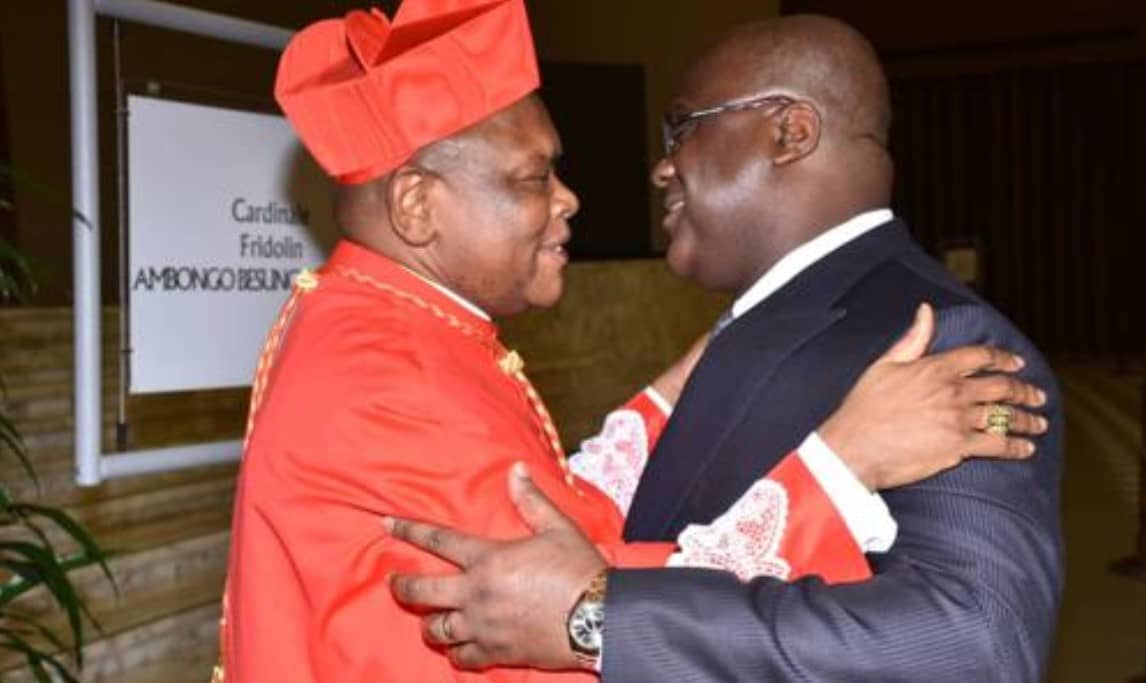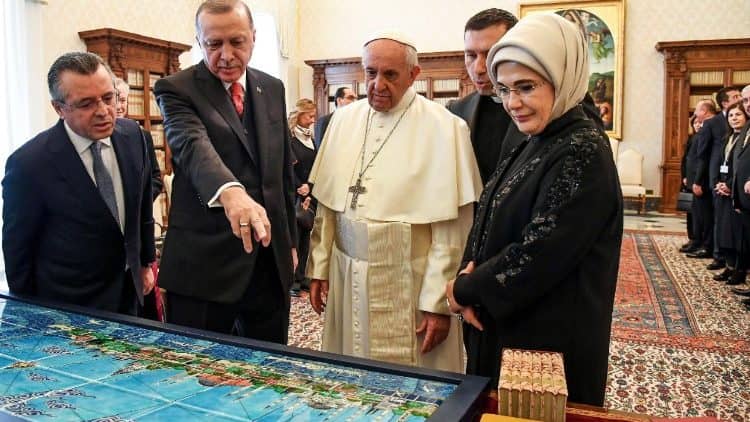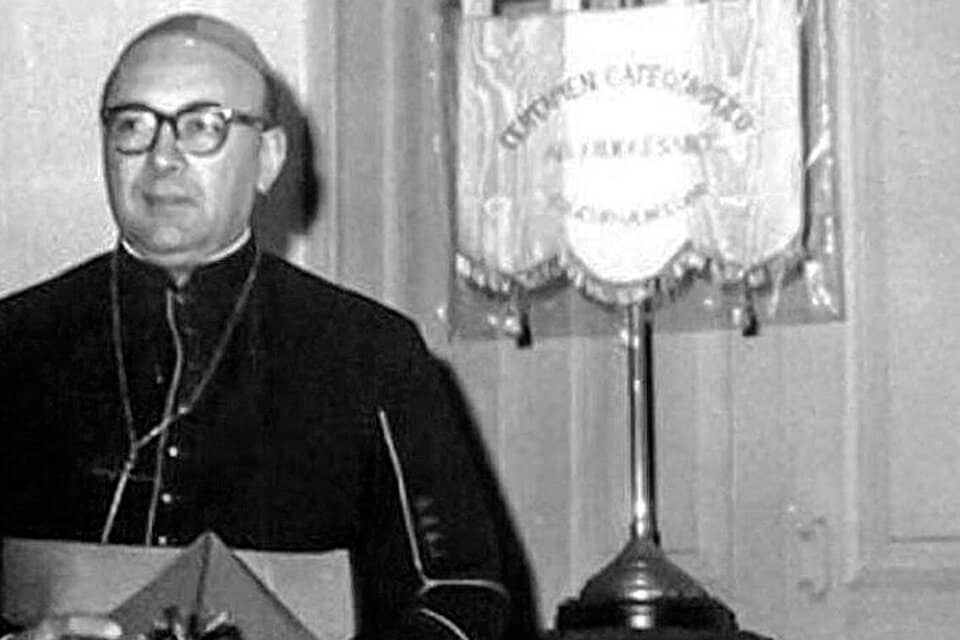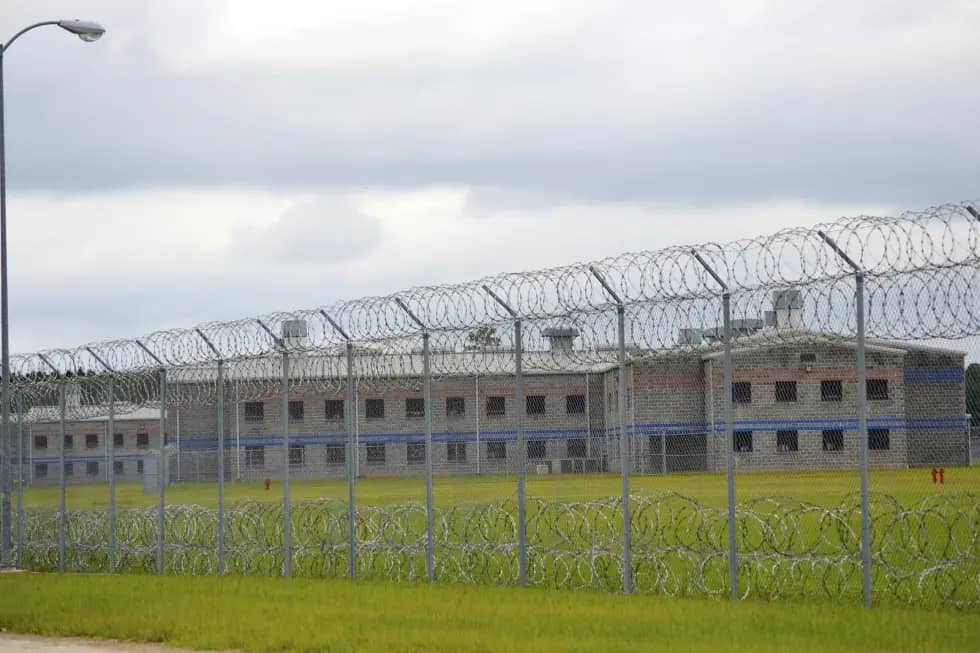ROME – Recently Italy’s national conscience has been shocked by revelations of systematic violence and abuse at a youth prison in Milan, named “Beccaria,” where over the past month 13 guards have been arrested, eight more have been suspended and another four are under investigation.
According to prosecutors, the guards routinely engaged in what amounts to torture, including the abuse of power and sexual violence. This week, images from internal prison cameras were released which appear to show two guards beating a 15-year-old inmate until he fell to the ground, then kicking him repeatedly, while two other guards looked on and failed to intervene.

There’s a connection with Italy’s ever-intense immigration debates, as 46 of the 72 young inmates at Beccaria are foreigners, 32 of them without parents or families in Italy. Moreover, only 11 have actually received a definitive sentence, meaning the vast majority haven’t even been convicted of a crime but are in what amounts to preliminary detention.
In a supreme irony, the prison in question is named for Cesare Beccaria, an 18th century Italian jurist who was the first European intellectuals to argue for the comprehensive abolition of the death penalty and who was also among the pioneers of restorative, as opposed to retributive, justice.
Fallout from the scandal likely will be intense, especially as Italy heads into elections for the European parliament in June and the question of whom to blame will be a political hot potato. Even the Church may not escape completely unscathed, since there are chaplains who serve Beccaria who theoretically should have known something was amiss.
By sheer coincidence, the revelations from Beccaria are unfolding at the precise moment that a new book has appeared, entitled Non vi guardo perché rischio di fidarmi: Storie di cadute e di resurrezione (“I Won’t Look at You Because I Risk Trusting You: Stories of Falls and Resurrections”).
It’s written by a Catholic priest named Father Claudio Burgio, and it tells the stories of lives of young offenders, many of them from Beccaria, that have been changed over the years thanks to Burgio and a voluntary association he launched a quarter-century ago called Kayrós.
Now 54, Burgio is a priest of Milan who was ordained by the late Jesuit Cardinal Carlo Maria Martini in 1996. He started serving in the city’s peripheries, where he met scores of youth, many from immigrant families, struggling with poverty, drugs, and the lure of criminality. In 2000 he started Kayrós, with the idea of helping at-risk youth by providing them a community where they’d find support, recreational opportunities, moral guidance, and above all, a climate of trust.
For those youths who actually live in the community, many of them finishing up a prison term under a conditional release, they range in age from 14 to 20, and usually there are around fifty of them at a time. Here’s an interesting detail: On Christmas Day 2022, seven inmates from Beccaria escaped and were soon recaptured. One of them later ended up at Kayrós, where there are no fences or guards, and never once tried to get away.
Among the volunteers who help out is Davide, an ex-con who did a 20-year stretch and then became a professional chef thanks to Burgio’s help. Today he shows up every Wednesday to offer cooking lessons. He tells the story of once calling a young offender from Beccaria who was behind bars for attempted murder to help him peel potatoes, saying, “Hey, if you’re so good with knives, give me a hand!”
As the story goes, the young man ended up peeling more than 40 pounds of potatoes that day, and went on to become a reliable helper around the community.
There’s also Alain, the very first youth Burgio ever helped, a soccer prodigy from Cameroon who ended up on the streets of Milan when he got hurt and his career fizzled. The sports agent who’d arranged his visa simply kicked him out, without any means of support. Burgio tells the story of watching families in his working-class parish take turns caring for the abandoned and frightened boy, and asking himself, “Who’s the priest here? Them or me?”
From that moment, the inspiration for Kayrós was born.
Alain is now 40 years old, married with three children, and an Italian citizen who divides time between Milan and his native Cameroon. Back home he founded a local branch of Kayrós, and teaches soccer to impoverished and at-risk youths. One of his protégés played in the under-17 World Cup in Brazil in 2019, while another currently plays for the Cameroon national team.
Running Kayrós, by the way, isn’t Burgio’s day job. He’s also a talented musician who’s served since 2021 as the director of the choir in the Milan cathedral, the oldest musical institution in the city. To connect with the youth he’s trying to reach, he’s also developed a taste for rap, and recently penned his first rap number:
“Bold and fragile/It’s never easy/Poised between all and nothing/In the middle of people who judge you without knowing/You’ll make it, you’ll make it/And all your mistakes will become counselors, only details/You’ll make it, yes, you’ll make it.”
(Trust me, it’s punchier in the original Italian.)

Emblematic of Burgio’s impact is a successful 21-year-old Italian rapper dubbed “Sacky,” whose given name is Sami Abou El Hassan. He’s the son of a Moroccan mother and an Egyptian father, and he grew up in the rough Milan neighborhood of San Siro. Visually that area is dominated by Milan’s famous soccer stadium, but down on the streets it’s often a tangle of gangs, drugs and violence.
Early on, Sacky was headed down that path, but then he met Burgio and became involved with Kayrós. He ended up becoming a successful recording artist (he just released a new album to critical acclaim, one track from which is titled “Kayrós”), and today he also sponsors a program in San Siro devoted to giving at-risk youth chances in life: Music lessons, help with their homework, a chance to get a driver’s license so they can get a job, and, inevitably, in the shadow of the great cathedral of Italian soccer, a chance to play sports.
Marta Cartabia, a former president of Italy’s Constitutional Court and one of the country’s foremost legal experts, contributed the preface to Burgio’s new book.
According to her, the Kayrós story proves that “to emphasize trust and the possibility of change among ‘difficult’ youth isn’t something just for dreamers, as we’re tempted to think. … It’s the changed lives of these young people that overcomes our incredulity.”
In case it’s not clear by this point, here’s the moral of the story.
Revelations of horror and brutality always will make noise, and rightly so. We can’t fight evil if we don’t first face it.
A professor of mine in graduate school, however, once insisted that beyond the well-known philosophical and theological “mystery of evil” – how a loving God could permit such cruelty in the world – there’s also an equal-and-opposite “mystery of good,” meaning the question of how a fallen and corrupt humanity can nevertheless produce astonishing beauty, grace, and goodness, such as the experiences recounted in Burgio’s book.
For those with eyes to see, that mystery of good is at least as compelling as its opposite number – and cultivating such a perspective, in some ways, might just be another name for faith.















